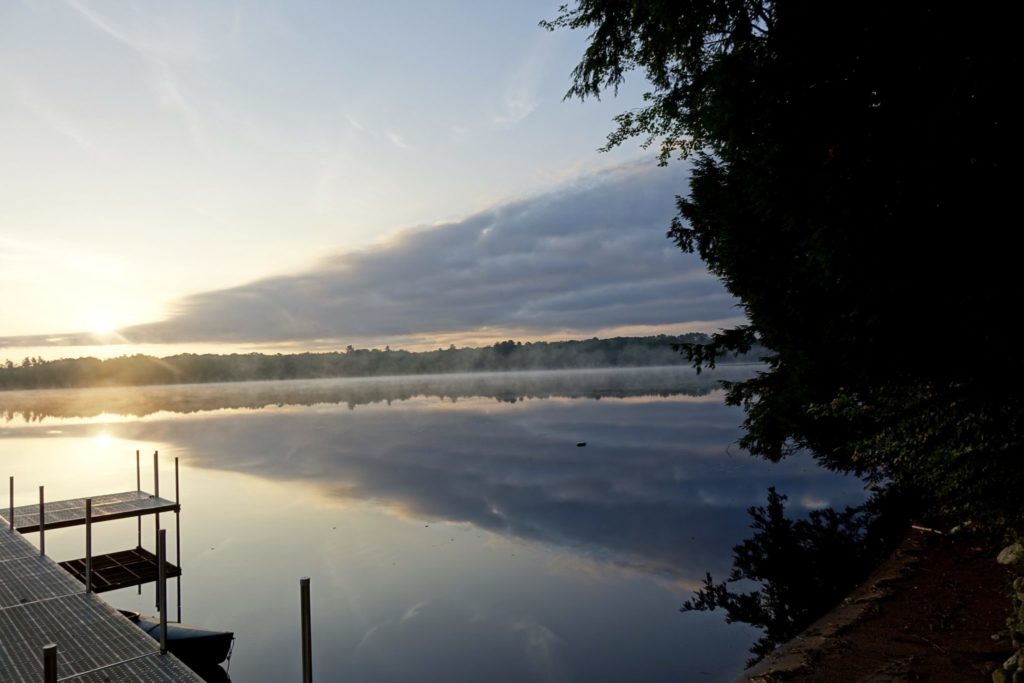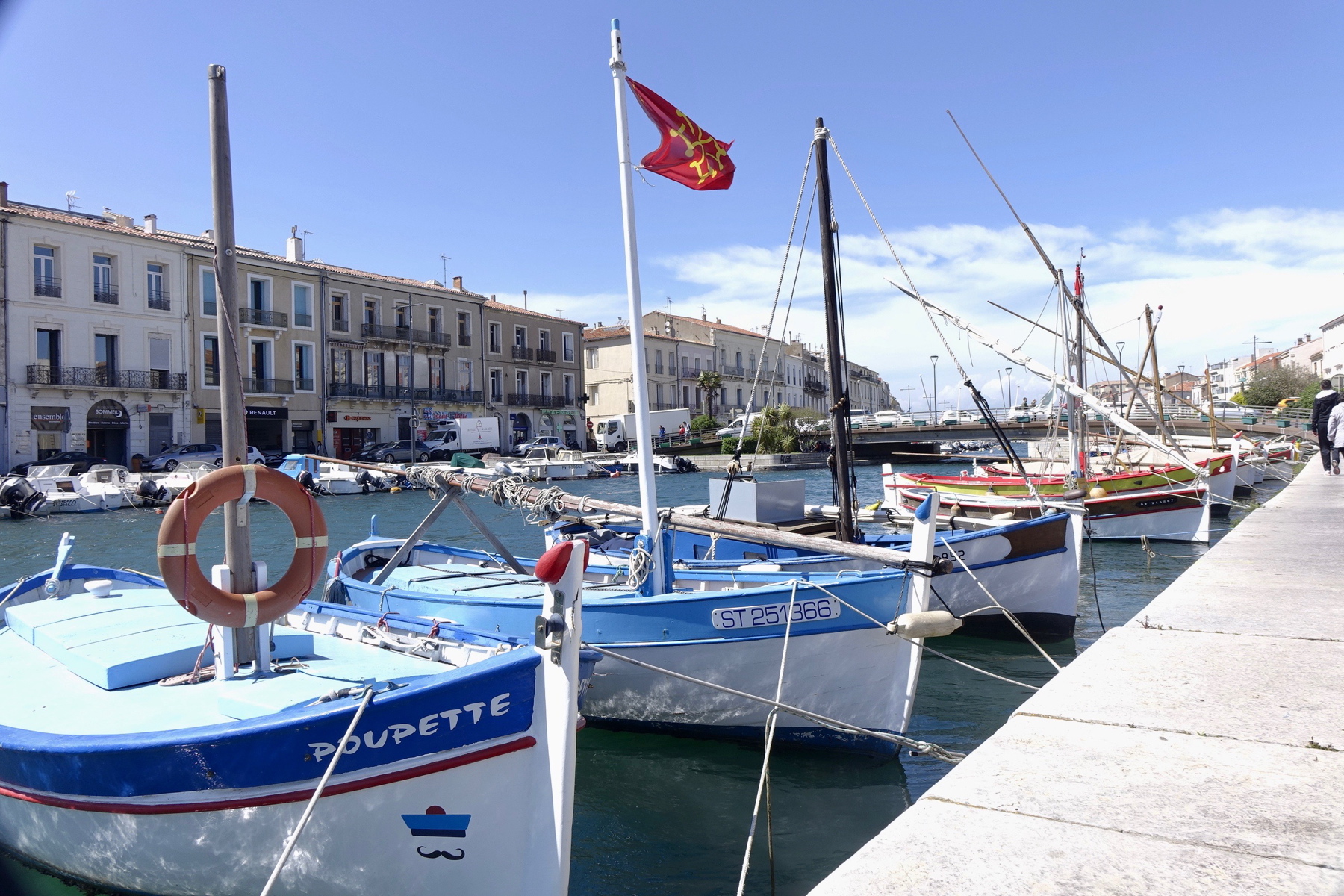On Oct 7, 11,543 fans watched the Minnesota Lynx win their first WNBA Championship by sweeping the Atlanta Dream. And over 15,000 lined the streets of Minneapolis to welcome them back home to the Target Center. http://www.wnba.com/lynx/
It was a celebration of many firsts starting with the first win for a Minnesotan professional team in 20 years. The first time in WNBA history that two women coaches met in the final. Lynx Coach of the Year, Cheryl Reeve, faced off against Marynell Meadors who led the Atlanta Dream to back to back final appearances (Only once before has a woman head coach won the finals when in 2004, Anne Donovan coached the championship Seattle Storm).
Laurel Richie, the first African American woman to be president of U.S. professional league, presented the championship trophy to a team that hadn’t won a play off game since its inception in 1999.
I am a long distance Lynx fan, not only because half of my family live in Minneapolis-St.Paul, but also because the first WNBA game I saw was in 2003 at the Target Center where my daughter caught a T-shirt, printed with Lynx logo, New Game in Town. I was thrilled to see Lisa Leslie, LA Sparks, smooth moves to the hoop. But what made the greatest lasting imprint was the image of my thirteen-year-old son, waiting in line for five-time Olympian, Theresa Edwards’ autograph. I never thought I’d see the day a boy would request a female basketball player’s signature.
This past summer, Nathalie and I saw the Lynx play LA again. This time, the Lynx dominated, in large part due, to their depth. Whether it was Whalen or Wiggings dishing assists at point, Seimone Augustus (MVP) or Maya Moore (Rookie of the Year) flying at wing, or Taj McWilliams-Franklin or Rebekka Brunsen clearing the boards at center, no matter who was on the court, they jelled.
Fans don’t realize that it has taken decades for women to be accepted in the macho world of pro basketball. However, in Minneapolis, women’s pro basketball is not a new game in town. Three decades ago, in the first women’s professional basketball league (WBL), my franchise, Washington D.C. Metros, went bust mid season, but the Minnesota Fillies were one of only three teams to last the span of the WBL 1978-1981. Unfortunately, back then, the media found women’s basketball newsworthy only when linked to scandal. In 1981, the Fillies became the talk of town when a player was murdered, and when the team promised paychecks that never materialized, walked off the court ten minutes before tip off before a full house in Chicago.
The contemporary player that impressed me most was Mama Taj, a steady, calm, solid presence. My daughter, beat up in the paint in college ball, wonders how could a post player survive the banging on the boards for over a decade? Like Theresa Edwards role in the foundation of the league, Mama Taj, with 12 years experience in the league could be called the grand dame of the game.
Minnesotans, ever loyal, love their Twins, Vikings, and Timberwolves, but it was the ladies that put the Twin Cities back on the map. The greatest appeal about the women’s game is not the slam dunking, showboating of the NBA, but the passing, teamwork and cohesiveness. Families -mothers and sons, fathers and daughters -bond over basketball.
The WNBA promotes fitness, families, and education, the same values advocated in the Minneapolis-St.Paul area with their abundance of lakes, bike trails, walking paths, and family- orientated communities.
Thumbs up to the first African American pro league president, a first WNBA championship for Minnesota, and a first all female coaching final. It’s all good!
What really blew my mind was that for the first time the women were feted at the Vikings football game in front of a crowd of 60,000, including my son and brother-in-law. In a gesture so frequent in the women’s game, the Lynx wearing purple jerseys, cheered the Vikings to their first victory of the season! The Lynx have arrived… New Game In Town… No More!












